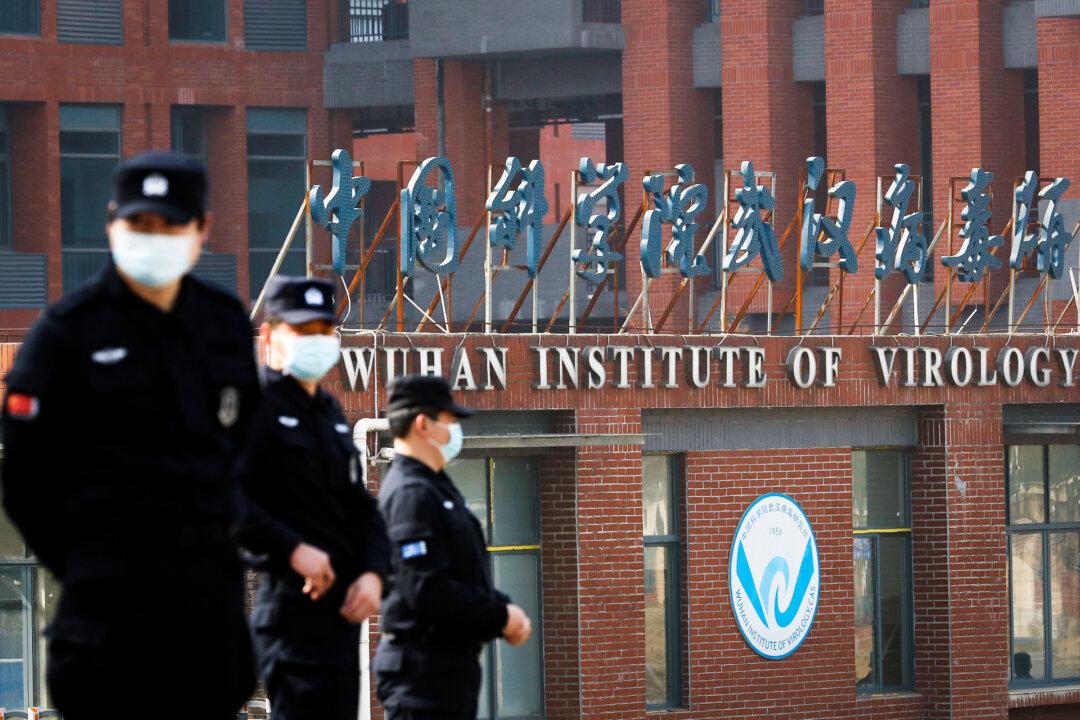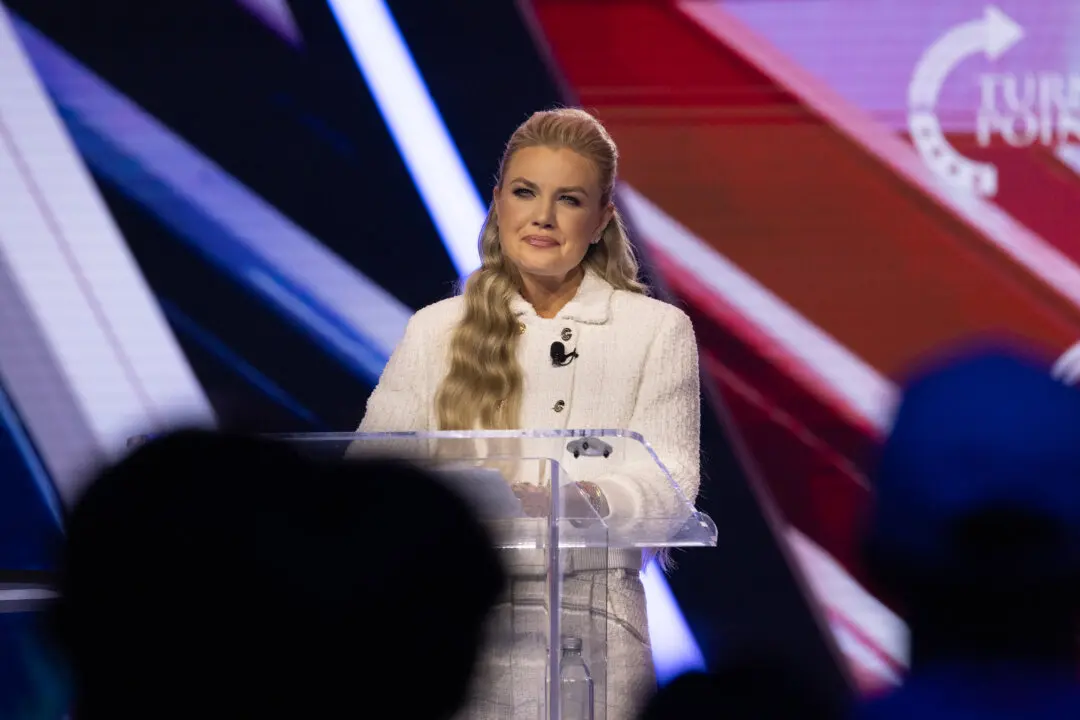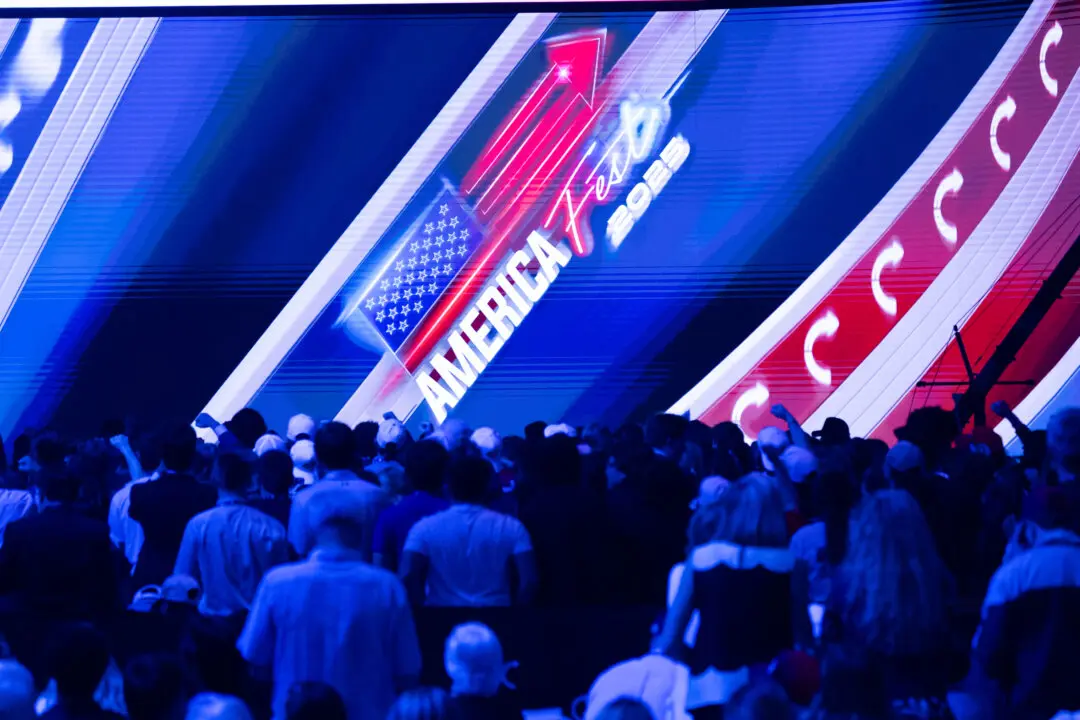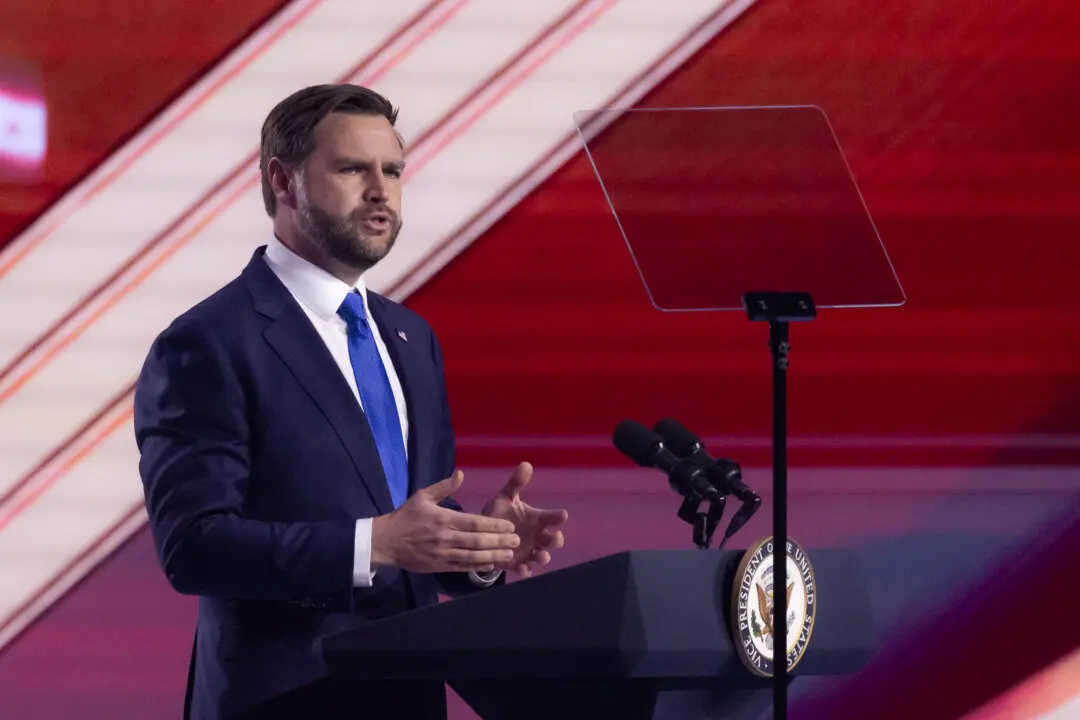Over three years after the outbreak of the COVID-19 pandemic, biosafety experts told the House what steps might reduce the likelihood of a similar disaster.
“We still do not know how the COVID-19 pandemic started. However, more information has heightened our suspicions that the origin of the pandemic was linked to a lab incident,” said Rep. Cathy McMorris Rodgers (R-Wash.), chair of the House Energy and Commerce Committee, in her opening statement at an April 27 hearing of that committee’s oversight subcommittee.





